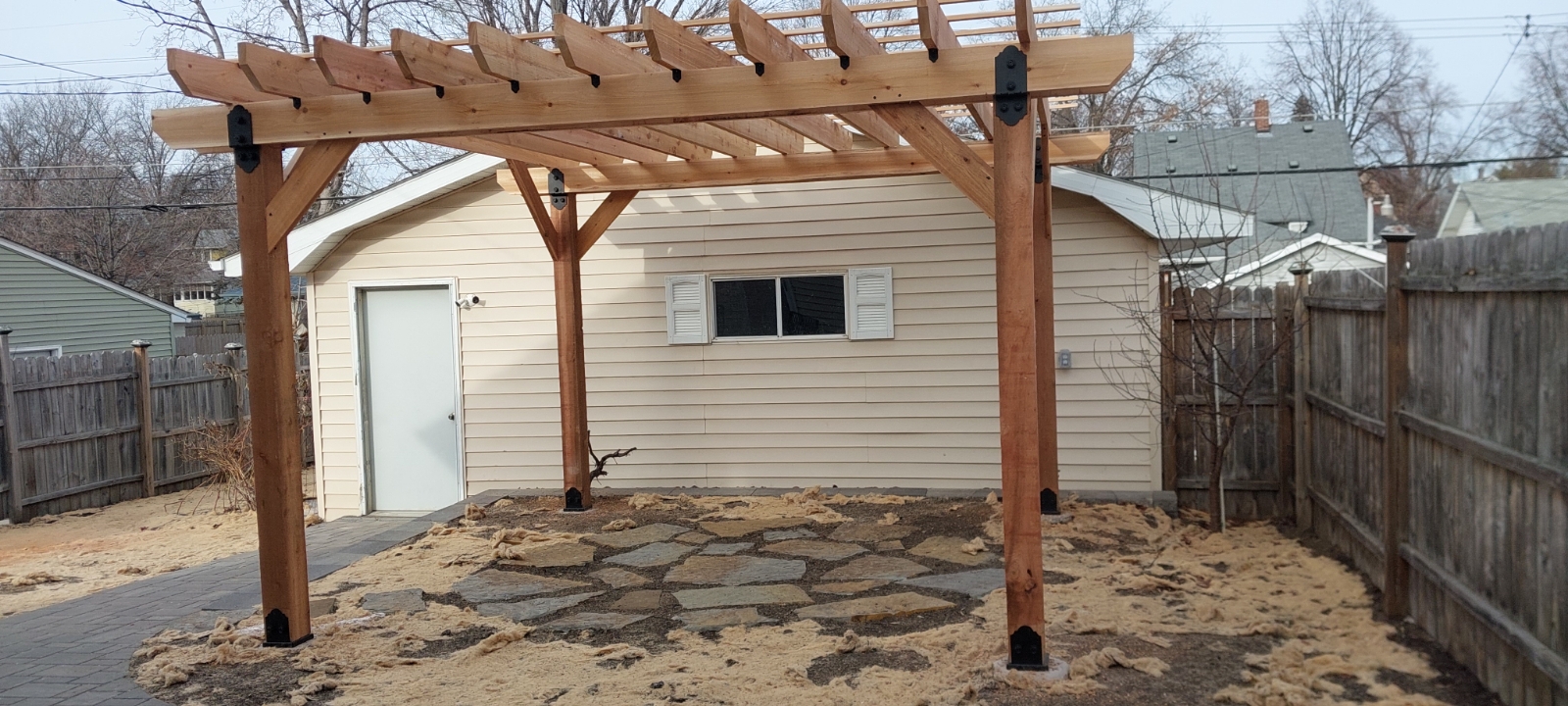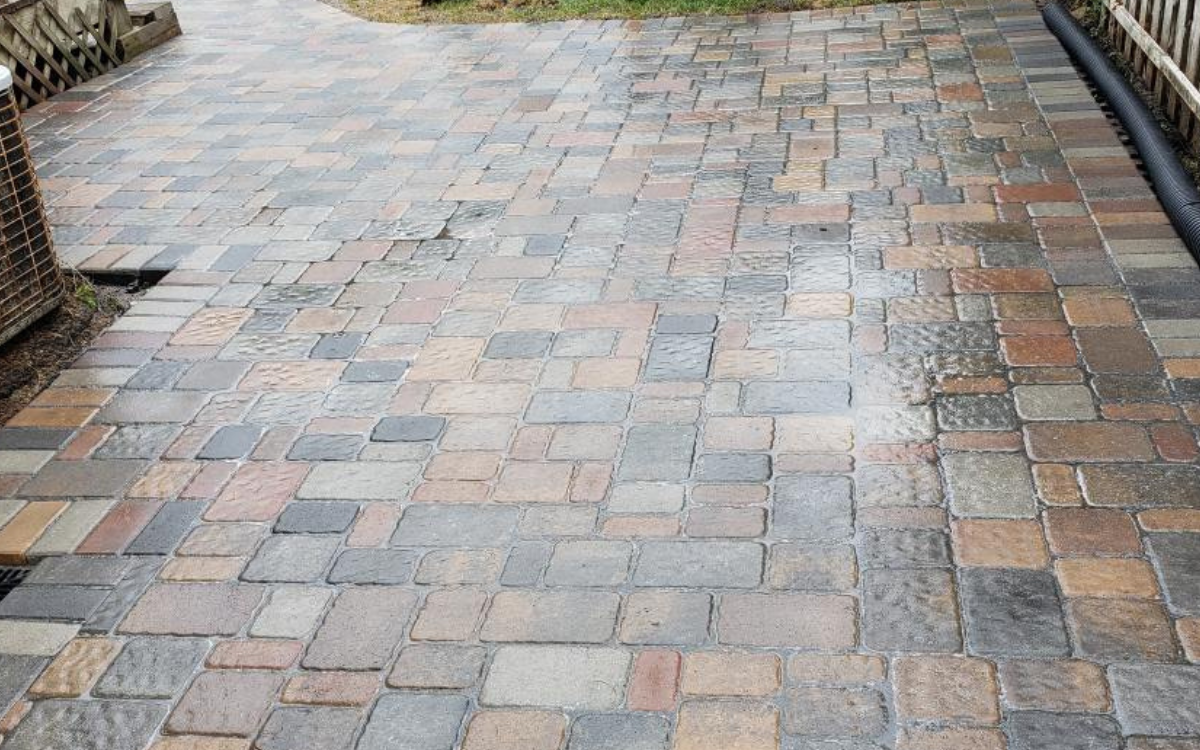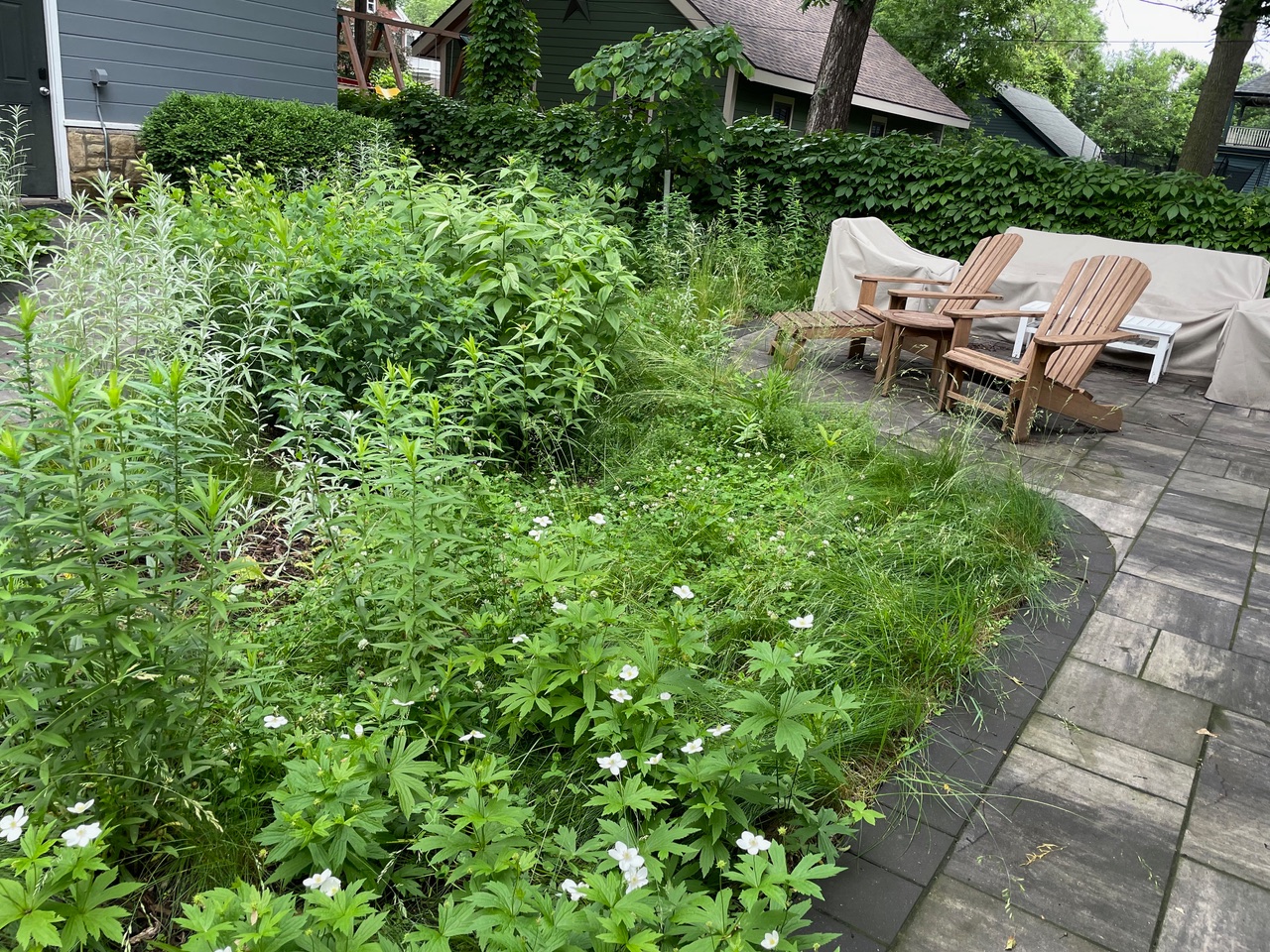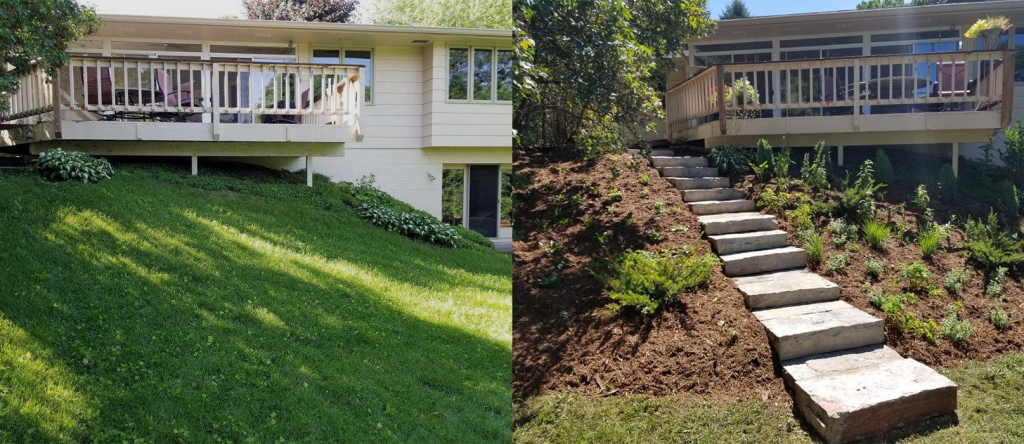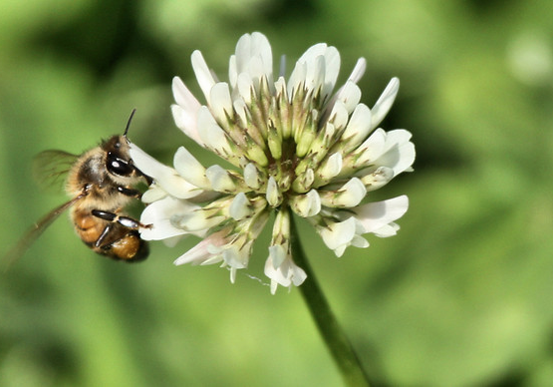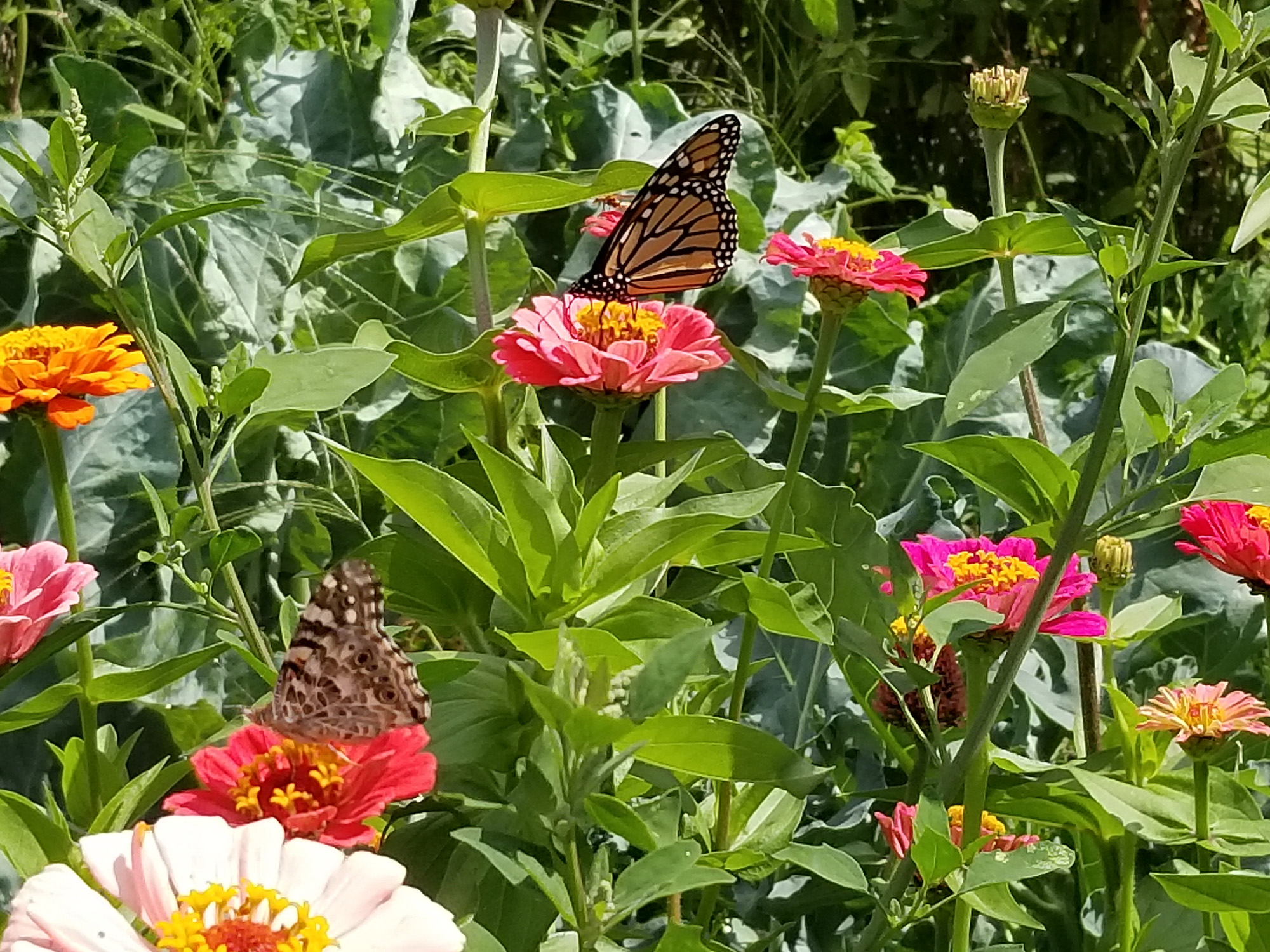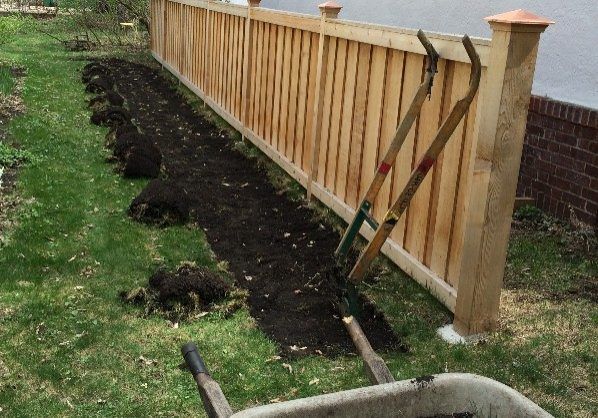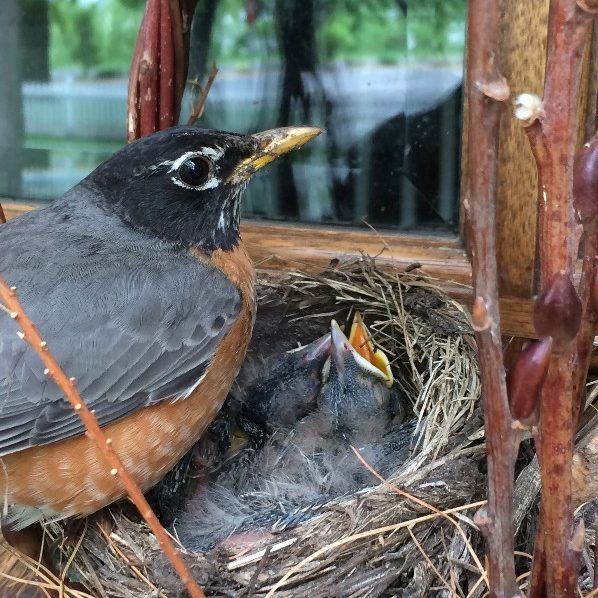Tip #4 Integrate Appropriate Fauna
How Animals Help
Integrating the right type and amount of animals and soil microbes into your landscape can help grow healthy soil. Many homeowners keep chickens, ducks, rabbits, and even goats, which helps create compostable manure and bedding. Field mice, voles, moles, rabbits, gophers, and squirrels help aerate the soil by digging tunnels. If animals are in spaces where you don’t want them, consider using live traps. Rabbits, squirrels, and deer may eat our garden plants, but they also help spread the seeds of important wild plants like wild strawberries, oaks, and cherries.
Birds are also excellent gardeners., helping plant serviceberry, chokecherry, sunflower, mulberry, and wild grapes. If the birds plant trees on your property, consider integrating them into your landscape to invite more birds!
Microbes: The Stomach of Plants
Microbes process and release nutrients right on plant roots, feeding and protecting plants from disease. The type of microbes you want to grow depends on which plants you want to grow. Generally speaking, we need to grow more soil fungi because our plants need a healthy variety of soil fungi as crop partners. Soil fungal growth can be easily harmed by compaction caused by common landscaping practices.
Other microbes—nematodes, testate amoebae, and microarthropods— are vital to soil and often absent from our grower-managed landscapes. Compost, bio-inoculants for nematodes, and types of mycorrhizal fungi introduce the appropriate microbial crop partners into soils.
Worms for Composting
Red wiggler composting worms are incredible allies in growing soil. They have soil microbes in their stomachs that they spread as they move through the soil profile. While some folks are rightly concerned about earthworms in northern forests, red wiggler worms can’t live through the winters in MN.
Inoculate outdoor compost piles with red wigglers every spring. Utilize worm castings much like you would use compost as an inoculant to help feed and protect plants. Larger earthworms dig deep into the ground and are good for your veggie garden, perennial garden, and lawns and can help restore damaged ecosystems. Just don’t bring earthworms of any type into forested areas.
Pollinators & Pets
Bees, butterflies, mosquitoes, flies, and many other insects pollinate flowers and allow plants to reproduce. What is good for plant health is also good for the soil. Encourage pollinators by having blooming native plants in your landscapes throughout the growing season.
Conversely, cats and dogs can interrupt our landscape. Dogs pace up and down fence lines and gardens, trampling and compacting the soil beneath their feet. To avoid soil compaction, it’s best to keep dogs out of gardens. Along fence lines and in dog runs, annually refresh thick layers of wood mulch to prevent compaction and erosion.
Dog urine also does major damage to lawns. If you have young dogs or a small lawn, consider removing it in place of wood mulch. Dog and cat manure (as well as humanure) are compostable, especially using red wiggler worms in piles mixed with 80% woodchip and kept at 50% moisture. However, it’s not legal in MN to compost these manures in your yard, and we don’t recommend it.
